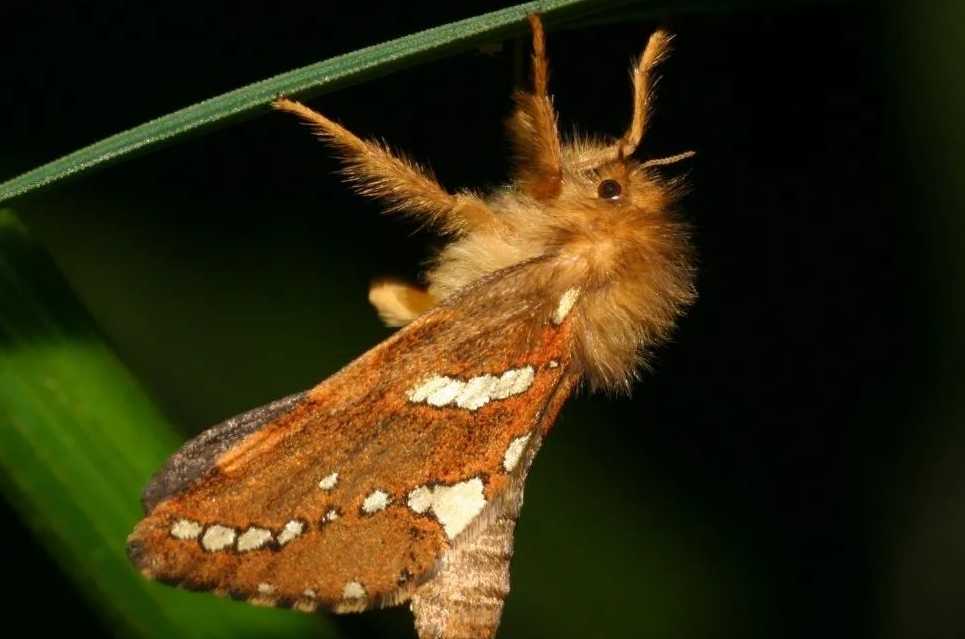
Bat moths belong to the genus Hepialus in the family Hepialidae. They are a group of insects with remarkable reproductive capabilities. A female bat moth can lay more than 2,900 eggs, which is quite prolific among insects.
There are nearly 300 different species of bat moths globally, and they are distributed in various regions. These different species have adapted to their specific habitats, resulting in certain variations. In China, 82 species belonging to 7 genera have been found. These moths have a wide distribution range, and some species inhabit alpine areas above 3,000 meters above sea level.
Bat moths have distinct morphological characteristics. The adult moths are brown - yellow in color, with long gray - yellow hairs on their bodies. Their antennae are short and thread - like. The front wings have a brown front edge, with a gray - yellow triangular spot and black spots in the middle. The hind wings are narrow and brown - black, and the patterns on the wings vary greatly. The female adults are generally dull - colored with obvious black spots, while the male adults are more brightly colored.
The life cycle of bat moths is complex. The larvae live underground for several years, feeding on the roots and stems of alpine plants such as Polygonum viviparum, P. capitatum, Rheum pumilum, and Potentilla fruticosa. After pupation in spring, the adults emerge. The adults do not have mouthparts and cannot feed. Their lifespan is extremely short, usually not exceeding a week. During this short period, their main task is to reproduce.
It is worth mentioning that bat moths are closely related to the well - known Chinese medicinal material, Cordyceps sinensis. Cordyceps sinensis is a dry complex of the stroma of the fungus Ophiocordyceps sinensis and the corpse of the larva of the bat moth. The fungus parasitizes the larvae of bat moths in alpine meadows and snow - capped grasslands above 3,000 meters above sea level in China. As the fungus grows, it fills the entire body of the larva, eventually leading to the death of the larva. The following spring and summer, the fungus germinates and grows out of the mouth or head of the bat moth larva, forming the Cordyceps sinensis that we see in the wild.




